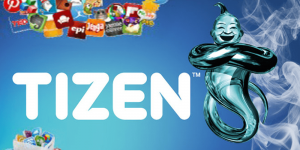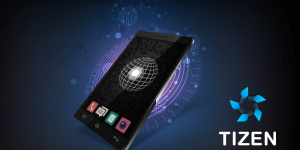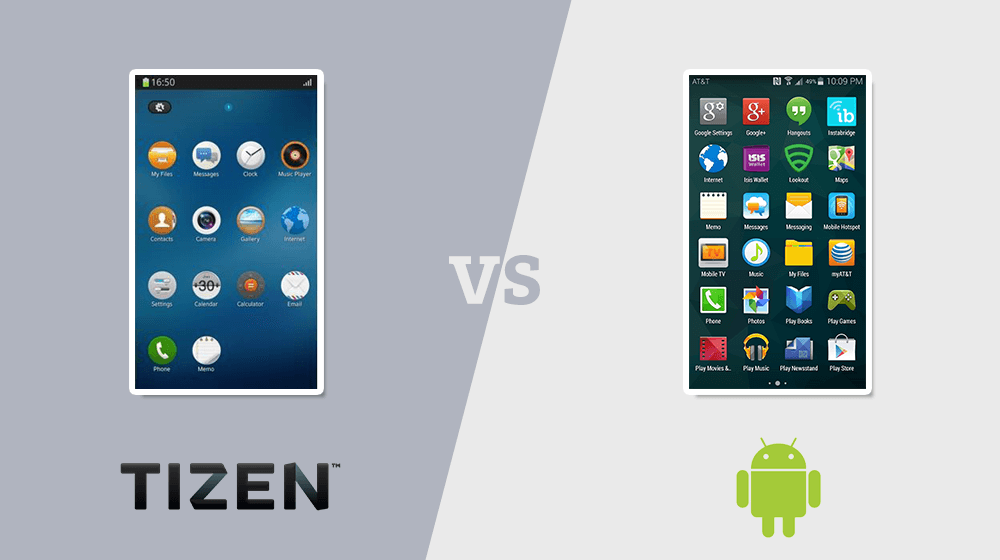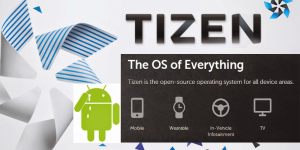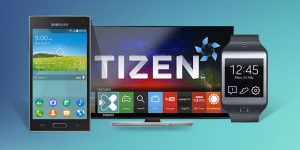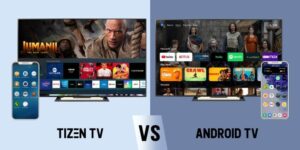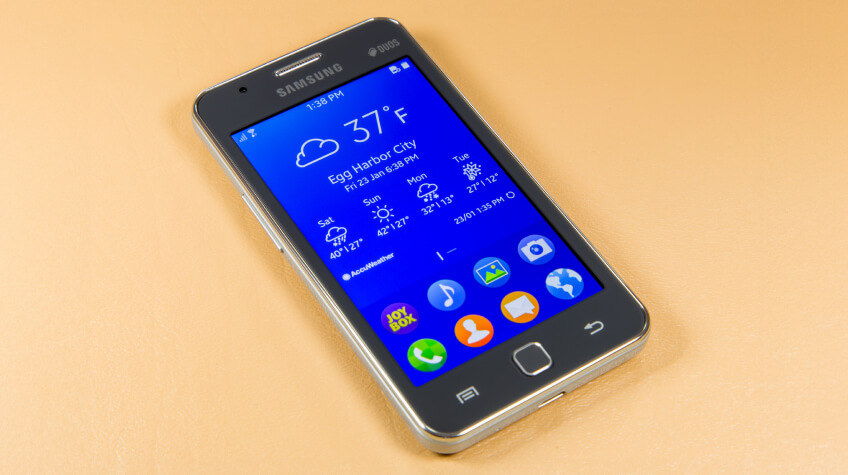
Tizen OS has become a flexible choice in the fast changing field of mobile and smart device operating systems. All the same, there are plenty of other options that meet different requirements and tastes and provide special characteristics and ecosystems.
These options, which vary in functionality from the widely used Android to the privacy-focused Sailfish OS, work with smartphones, tablets, smart TVs, wearables, and Internet of Things devices. Regardless of the priority—customization, security, or smooth device integration—users may investigate a range of operating systems that stand out in the cutthroat IT industry, each highlighting its own benefits.
10 Best Tizen OS alternatives for Mobile and Other Devices
1. Android

Image Source – The New York Times
Developed by Google, Android is the most popular mobile operating system worldwide. Powering a wide variety of devices, it is an open-source platform that offers customization, flexibility, and a thriving app market.
Features
- Open Source: Let makers alter the operating system for their products.
- Google Play Store: Millions of games and applications at your fingertips.
- Multitasking: Multiple programs running at once is supported by multitasking.
- Google Services Integration: Gmail, Google Maps, and Google Photos are just a few of the Google services with which integration is seamless.
- Customization: Users have several of choices for customizing via launchers, themes, and widgets.
- Regular Updates: Frequently updated with new functionality, security fixes, and speed boosts.
- Voice Assistant: Google Assistant is integrated to provide voice commands and smart home management
Devices Using Android
- Smartphones: OnePlus, Google Pixel, Samsung Galaxy S series
- Tablets: Amazon Fire tablets, Galaxy Tab series from Samsung
- Smartwatches: Samsung Galaxy Watch series, Fossil Gen 5
- Smart TVs: Sony Bravia series, Xiaomi Mi TV series
2. iOS
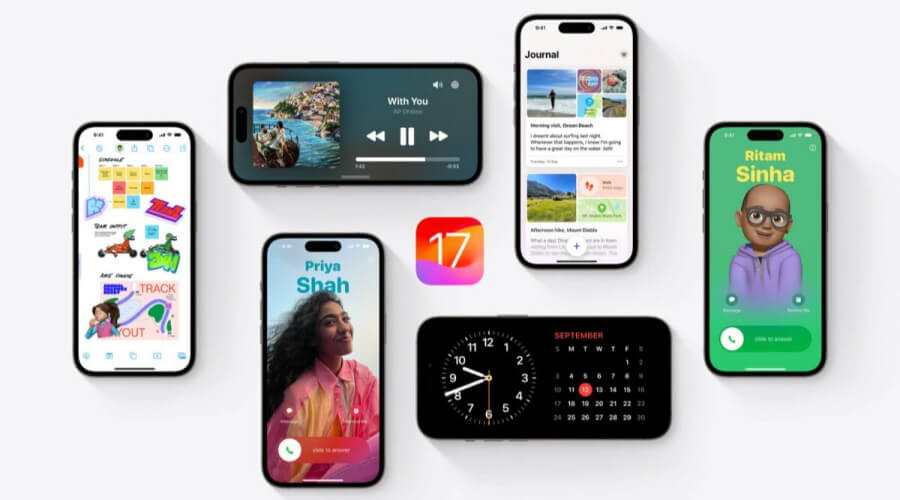
Image Source – IndiaToday
Designed by Apple, iOS is the only operating system available for iPhones, iPads, and iPod Touch devices. Swift and easy to use, iOS is well-known for its flawless performance, close integration with Apple’s ecosystem, and attention to security and privacy.
Features
- Smooth Performance: Effortlessly and quickly optimized to provide a smooth user experience.
- Apple Ecosystem Integration: Tight connection with other Apple goods and services like Mac, Apple Watch, and iCloud is known as Apple Ecosystem Integration.
- Privacy and Security: Strong privacy protections and frequent security upgrades safeguard user data.
- App Store: Get a huge choice of excellent games and applications.
- Regular Updates: Regular software upgrades include new functionality and improvements.
- Siri: Voice-activated smart home management and commands.
- Face ID and Touch ID: Cutting-edge biometric security features for simple and safe login.
Devices Using iOS
- Smartphones: iPhone 13 series, iPhone 12 series, iPhone SE
- Tablets: iPad Pro, iPad Air, iPad Mini
- Portable Media Players: iPod Touch (7th generation)
3. HarmonyOS
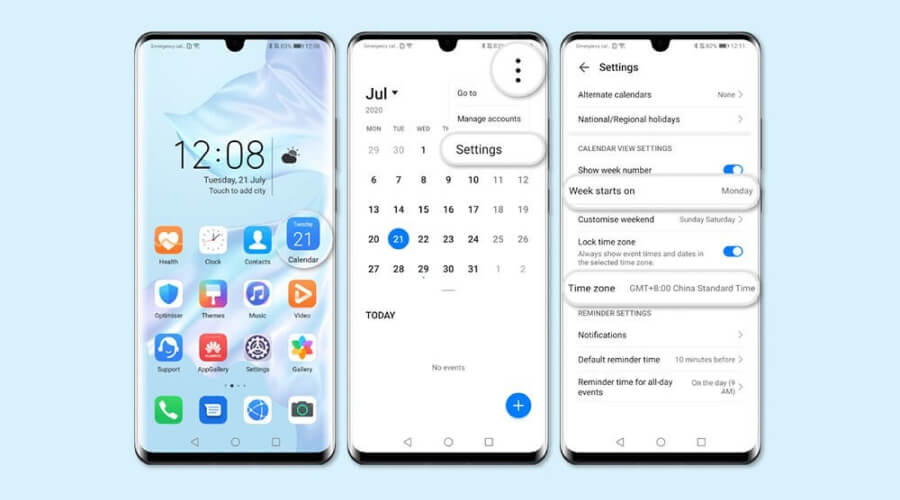
Image Source – Linkedin
Huawei created HarmonyOS, a flexible cross-platform operating system designed to work flawlessly on a variety of gadgets. HarmonyOS seeks to provide a cohesive and networked user experience for anything from wearables and IoT gadgets to smart TVs and tablets.
Features
- Cross-Platform Integration: Supporting a wide range of devices, cross-platform integration guarantees seamless compatibility.
- Distributed Architecture: Task and data exchange among devices is made possible by distributed architecture.
- Microkernel Design: The lightweight, effective core of a microkernel improves system speed and security.
- Unified User Experience: A uniform user experience is offered by all compatible devices.
- Multi-Device Control Center: Multiple device control and management via a single interface is made possible by Multi-Device Control Center.
- App Compatibility: For many features, supports both Android and HarmonyOS-specific applications.
- Performance Optimization: Enhanced for maximum efficiency and low latency performance.
Devices Using HarmonyOS
- Smartphones: Huawei Mate 40 series, Huawei P40 series, Huawei Nova 9
- Tablets: Huawei MatePad Pro, Huawei MatePad 11
- Smart TVs: Huawei Vision Smart TV series
- Wearables: Huawei Watch 3, Huawei Watch GT 2 Pro
- IoT Devices: Huawei Smart Home products, Huawei routers
4. KaiOS
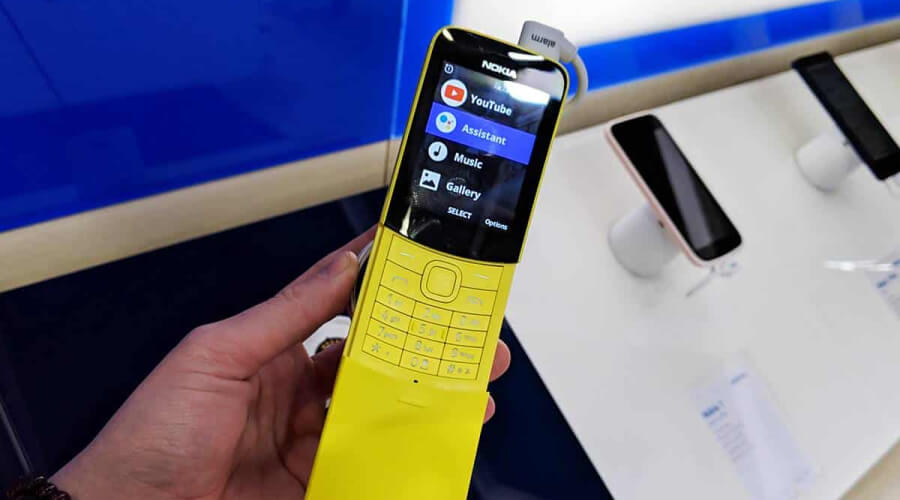
Image Source – MOSAIC Lille
Lightweight and designed especially for feature phones and low-spec devices, KaiOS is based on the Linux kernel. Offering necessary smartphone-like features like 4G connection, app compatibility, and web surfing capabilities while keeping modest hardware needs, it fills the gap between basic phones and smartphones.
Features
- Lightweight Design: Designed for feature phones with less hardware resources in mind.
- 4G Connectivity: 4G connectivity allows simple gadgets to access the internet at fast speeds.
- App Support: Through the KaiStore, get access to well-known applications such WhatsApp, Facebook, YouTube, and Google Assistant.
- Web Browser: Internet surfing is made possible with the integrated web browser.
- Long battery life: On low-spec devices, effective power management prolongs battery life.
- Over-the-Air Updates: Software upgrades made simple and smooth over the air.
- Voice Assistant: Google Assistant voice command integration.
Devices Using KaiOS
- Feature Phones: Nokia 8110 4G, Alcatel Go Flip 3, JioPhone, CAT B35
- Smart Feature Phones: Doro 7050, MTN Smart S, Orange Sanza
- IoT Devices: Various smart appliances and IoT devices leveraging the lightweight nature of KaiOS for connectivity and smart features.
5. LineageOS
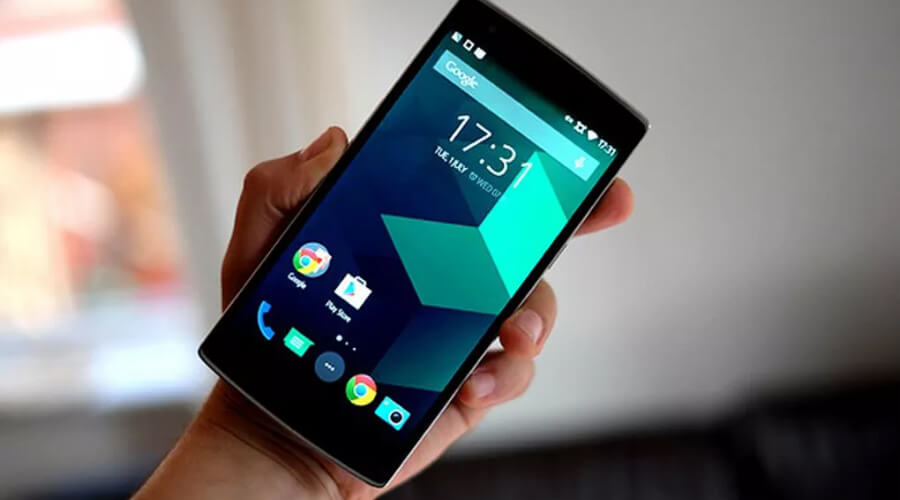
Image Source – lineageos.en.softonic.com
LineageOS is a free and open-source operating system that is Android-based. Prominent for offering a clean, bloatware-free experience, it provides a wealth of customizing choices and is often preferred by those who want more control over the software on their device and want to prolong the life of their hardware.
Features
- Open Source: Development is pushed by the community and is transparent.
- Customization: Personalized themes, settings, and user interface with plenty of possibilities.
- Bloatware-Free: Restricted number of pre-installed programs guarantees a tidy and productive experience.
- Regular Updates: Updates for security fixes, performance enhancements, and new features are regular.
- Privacy and Security: Enhancement of security measures and privacy controls.
- Performance Optimization: Better battery life and performance than with stock ROMs are achieved via performance optimization.
- Extended Device Support: A large selection of both newer and older devices are supported via Extended Device Support.
Devices Using LineageOS
- Smartphones: Google Pixel series, OnePlus series, Samsung Galaxy series (various models), Xiaomi Mi series
- Tablets: Samsung Galaxy Tab series, Nexus 7, Nexus 10
- Other Devices: Various Android-based smartphones and tablets no longer supported by their manufacturers but have LineageOS builds available.
6. Ubuntu Touch
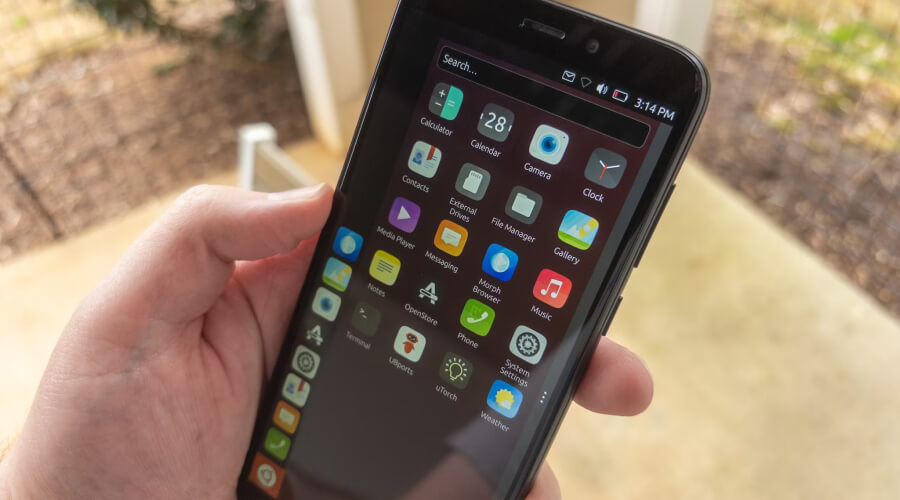
Image Source – How-To Geek
Developed by Canonical, Ubuntu Touch is the mobile version of the well-known Ubuntu operating system. Its distinctive user interface and convergence of the desktop, tablet, and smartphone experiences allow for smooth integration and uniformity across many device categories.
Features
- Converged Experience: Offers PCs, tablets, and smartphones all with a single user experience and set of features.
- Unique User Interface: Particularly for touchscreens, the interface is intuitive and gesture-based.
- Open Source: Development guided by the community, transparent and user-driven.
- Scopes: Information and app fast access aggregators with customizable home screen content.
- Security and Privacy: Enhancements to security measures and privacy settings.
- App Ecosystem: OpenStore-based access to online and native Ubuntu Touch applications.
- Desktop Mode: Capable of connecting to a display and using the device with the full Ubuntu desktop environment.
Devices Using Ubuntu Touch
- Smartphones: Fairphone 2, OnePlus One, Nexus 5, Meizu Pro 5
- Tablets: Nexus 7, BQ Aquaris M10
- Other Devices: Various older smartphones and tablets that have community-supported Ubuntu Touch builds available.
7. Sailfish OS
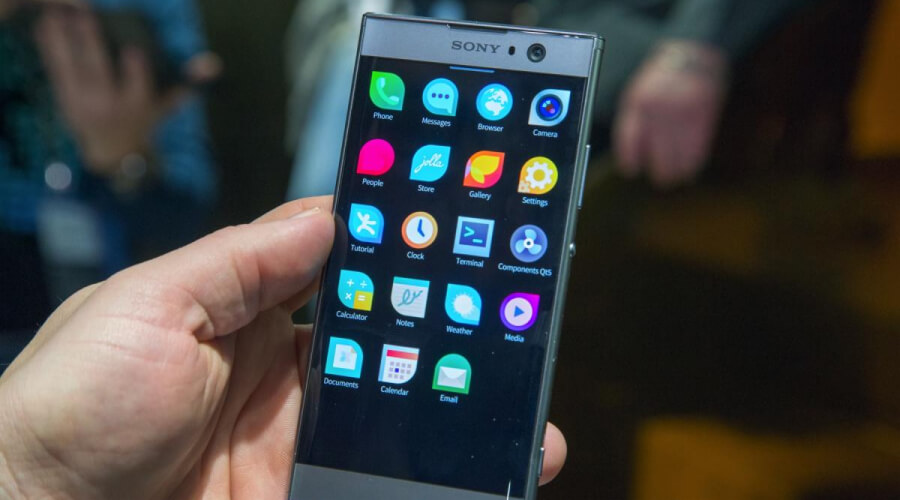
Image Source – Engadget
Jolla created the Linux-based Sailfish OS, which places a lot of focus on security, privacy, and effective multitasking. Its gesture-based user interface provides a unique experience, and it is meant to work on a range of mobile devices, including tablets and smartphones.
Features
- Privacy and Security: Strong security measures and a focus on user data protection.
- Gesture-based Interface: Simple user navigation using swiping motions.
- Multitasking: Multitasking is the effective control of ongoing applications and jobs for increased output.
- Linux-Based: Development driven by the community from an open-source basis.
- Compatibility: Support of Android applications via the Alien Dalvik layer.
- Customization: Adaptable and modifiable user interface with many themes and settings.
- Regular Updates: Community and Jolla updates and enhancements.
Devices Using Sailfish OS
- Smartphones: Jolla Phone, Sony Xperia X, Sony Xperia XA2, Fairphone 2
- Tablets: Jolla Tablet, Gemini PDA (community-supported)
- Other Devices: Various older smartphones and tablets with community-supported Sailfish OS builds are available
8. Plasma Mobile
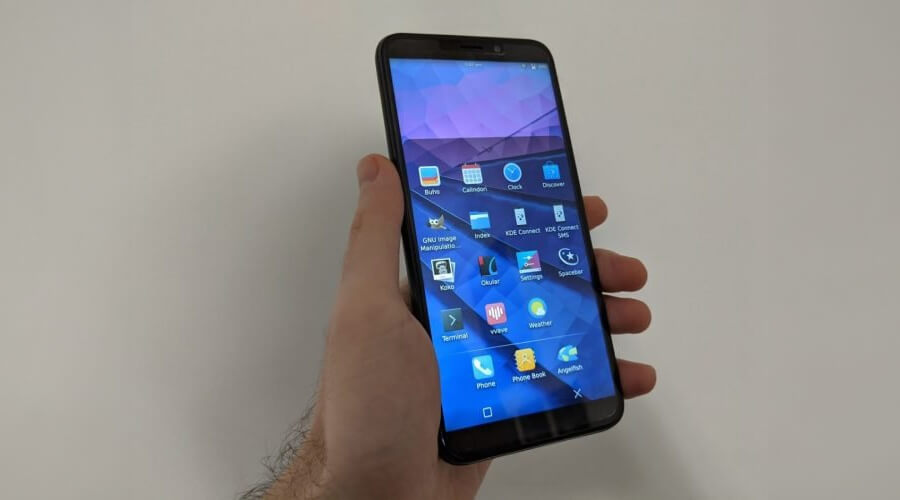
Image Source – Liliputing
Plasma Mobile is a Linux kernel-based mobile device user interface created by the KDE group. Utilising the extensive software ecosystem of KDE, it seeks to provide smartphones and tablets a contemporary, open-source, and highly configurable experience.
Features
- Open Source: Development led by the community and made public.
- Personalization: Numerous choices to make the settings and user interface uniquely your own.
- Modern UI: A simple and elegant design made for touchscreens is a modern user interface.
- KDE Ecosystem: A coherent experience via integration with KDE services and apps.
- Privacy and Security: User control over data and security are stressed.
- Multitasking: Managing many applications and processes effectively.
- Regular Updates: Regular enhancements and feature additions from the KDE community.
Devices Using Plasma Mobile
- Smartphones: PinePhone by Pine64, Librem 5 by Purism
- Tablets: Nexus 7 (community-supported)
- Other Devices: Various older smartphones and tablets with community-supported Plasma Mobile builds are available.
9. PureOS
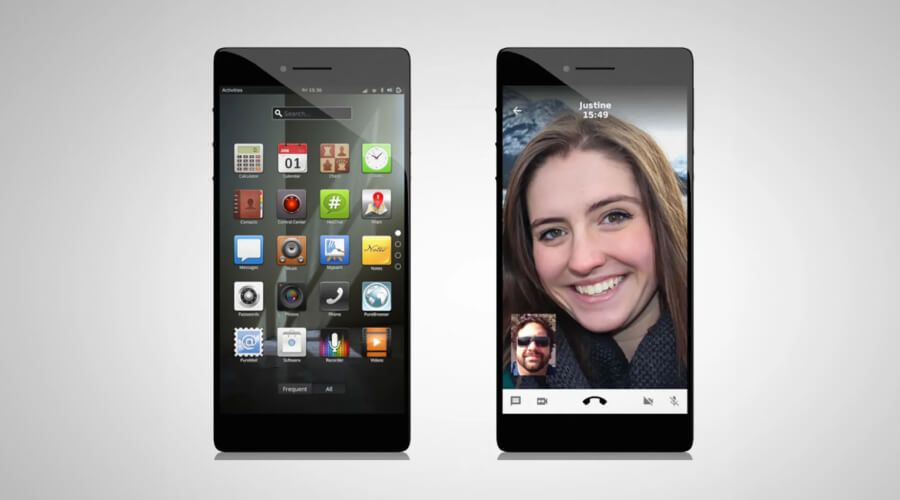
Image Source – ZDNet
PureOS is an operating system built by Purism on Debian that puts user freedom, security, and privacy first. PureOS may be operated on servers, laptops, and cellphones among other devices because of its open-source basis and focus on ethical computing.
Features
- Privacy and Security: Strong emphasis on default encryption and powerful security mechanisms to safeguard user data.
- Open Source: Entirety transparent and user-controlled, guided by the community.
- User Freedom: Adherence to the tenets of free software; avoidance of commercial software.
- Unified Experience: A single, coherent user interface on several kinds of devices.
- PureBrowser: Firefox-based safe and private web browser.
- Regular Updates: Security patches and ongoing enhancements.
- Librem One Services: Email, chat, and VPN, among other privacy-focused services offered by Purism, are integrated.
Devices Using PureOS
- Smartphones: Librem 5 by Purism
- Laptops: Librem 13 and Librem 15 by Purism
- Mini PCs: Librem Mini by Purism
- Servers: Purism’s server solutions run PureOS for enhanced security and privacy.
10. PostmarketOS
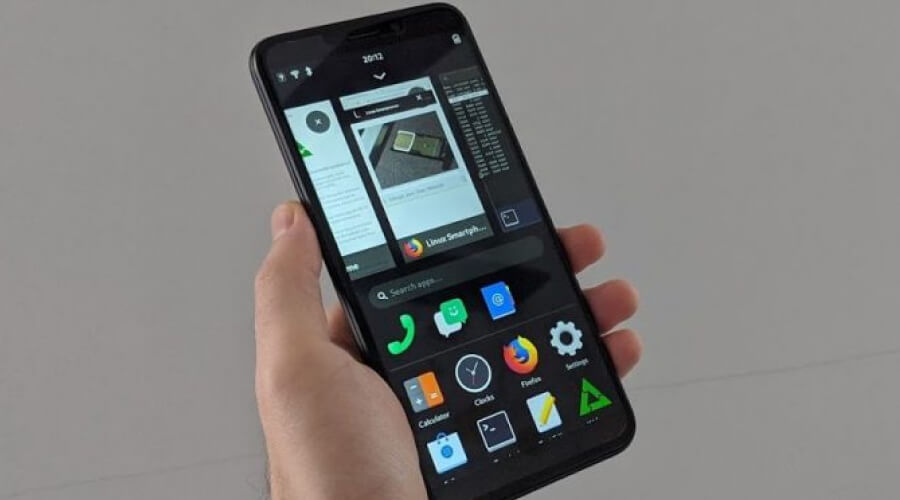
Image Source – Liliputing
Lightweight and touch-optimized, PostmarketOS is based on Alpine Linux. Its design is to give aged cell phones more years of life by providing ongoing maintenance and upgrades, therefore reviving gadgets that may otherwise be deemed outdated.
Features
- Lightweight Design: Performance on devices with limited resources is optimized via lightweight design.
- Long-Term Support: Offers regular security fixes and upgrades to prolong smartphone use.
- Touch Optimization: Specifically designed for touchscreen devices to provide a seamless and understandable user experience.
- Open Source Development: Development led by the community, which is transparent and cooperative.
- Security: Constantly updates and patches to prioritize security and privacy.
- Compatibility: Gives a second chance at life to a variety of outdated cellphones that may not have official support any more.
- Modularity: Build using a modular architecture that makes feature addition and customization simple.
Devices Using PostmarketOS
Various Older Smartphones: PostmarketOS supports a wide range of devices, including the Nexus 5, OnePlus One, Samsung Galaxy S4, and more.
Conclusion
Investigating alternatives to Tizen OS shows a thriving ecosystem of operating systems meeting different demands on smartphones and other smart devices. These systems range in features and benefit from the widely used Android and safe iOS to the adaptable HarmonyOS and privacy-conscious Sailfish OS.
Customization and open-source transparency are offered by LineageOS and Plasma Mobile, while lightweight systems like KaiOS and PostmarketOS revitalize aging devices. Ubuntu Touch and PureOS stress user freedom and convergence. Every option has special benefits that let consumers choose the best fit for their gadgets and tastes, guaranteeing a customized and effective technological experience.

